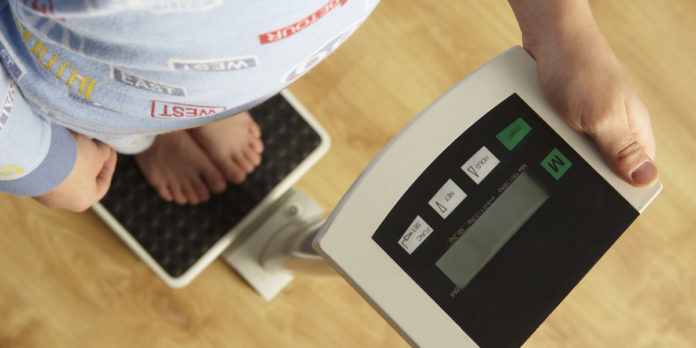Children as young as eight are vulnerable to poor body image as hormone levels rise with the onset of puberty, a new study has found.
Dr Elizabeth Hughes, the lead author and a research fellow from the Murdoch Children’s Research Institute (MCRI) and the University of Melbourne, said the study explored a link between hormones and body satisfaction in young pre-pubescent children for the first time.
The study is based on data from more than 1,100 eight- to nine-year-old girls and boys in Melbourne, collected for MCRI’s Childhood to Adolescence Transition Study.
The research, ‘Body Image Dissatisfaction and the Adrenarchal Transition’ is published in the Journal of Adolescent Health.
Dr Hughes said the study clearly indicated that there was a need for strategies in schools and at home to help children maintain a positive body image prior to the onset of puberty.
She said the study found that girls tended to be more dissatisfied with their bodies than boys, but boys with higher hormone levels also felt unhappy with their physical shape.
“What we have learnt is that pre-pubescent children, as young as eight and nine, are vulnerable to poor body image and the dissatisfaction does appear to be linked to hormone levels associated with the onset of puberty,” Dr Hughes said.
“Basically, the higher the level of hormones, the more unhappy the children were with their body size; however children with heightened levels of hormones also tend to be taller and heavier than their peers, and this could be the cause of their poor body image.”
Dr Hughes said she hoped the research might lead to a discussion about strategies and programs that could help children maintain a positive body image prior to the onset of puberty.
“It may be that children who are taller, heavier and more physically mature, feel more conspicuous amongst their peers,” she said.
“There may be a need for community and school programs that help young people learn about what underpins good self-esteem, because self-esteem is not solely invested in physical appearance.”
Body dissatisfaction was measured using a tool called the Kids’ Eating Disorder scale (KEDS) body image silhouettes. This is comprised of eight illustrated silhouettes of children ranging from very thin to very obese. There are separate sets for females and males.
The child is first asked to select the silhouette that most looks like them now (self-rating), and then asked to select the silhouette they would most like to look like (ideal rating). Each silhouette is scored and by subtracting the ideal from the self-rating children are allocated either a positive or negative body satisfaction score.
Adrenal androgens, which are naturally-occurring steroid hormones such as DHEA and testosterone, were measured through saliva.
(Source: Murdoch Children’s Research Institute, Journal of Adolescent Health)










